![Ursula Schulz-Dornburg Opytnoe Pole [Dog] 2012](https://freight.cargo.site/t/original/i/4b3bb0619723a8d4eb952938e74a08a7e81d3dda57cc2710f30107f1dd488048/1-USD-Opytnoe-Pole-dog-2012_twitter.jpg)
![Installation View Memoryscapes (Opytnoe Pole [Dog] 2012) Photo: Stephen White and Co](https://freight.cargo.site/t/original/i/3db683061702a72d8c7ed28e4abbc05dc570a158efbdf80ade9457d76e70c10f/USD-Memoryscapes-LG-6.jpg)
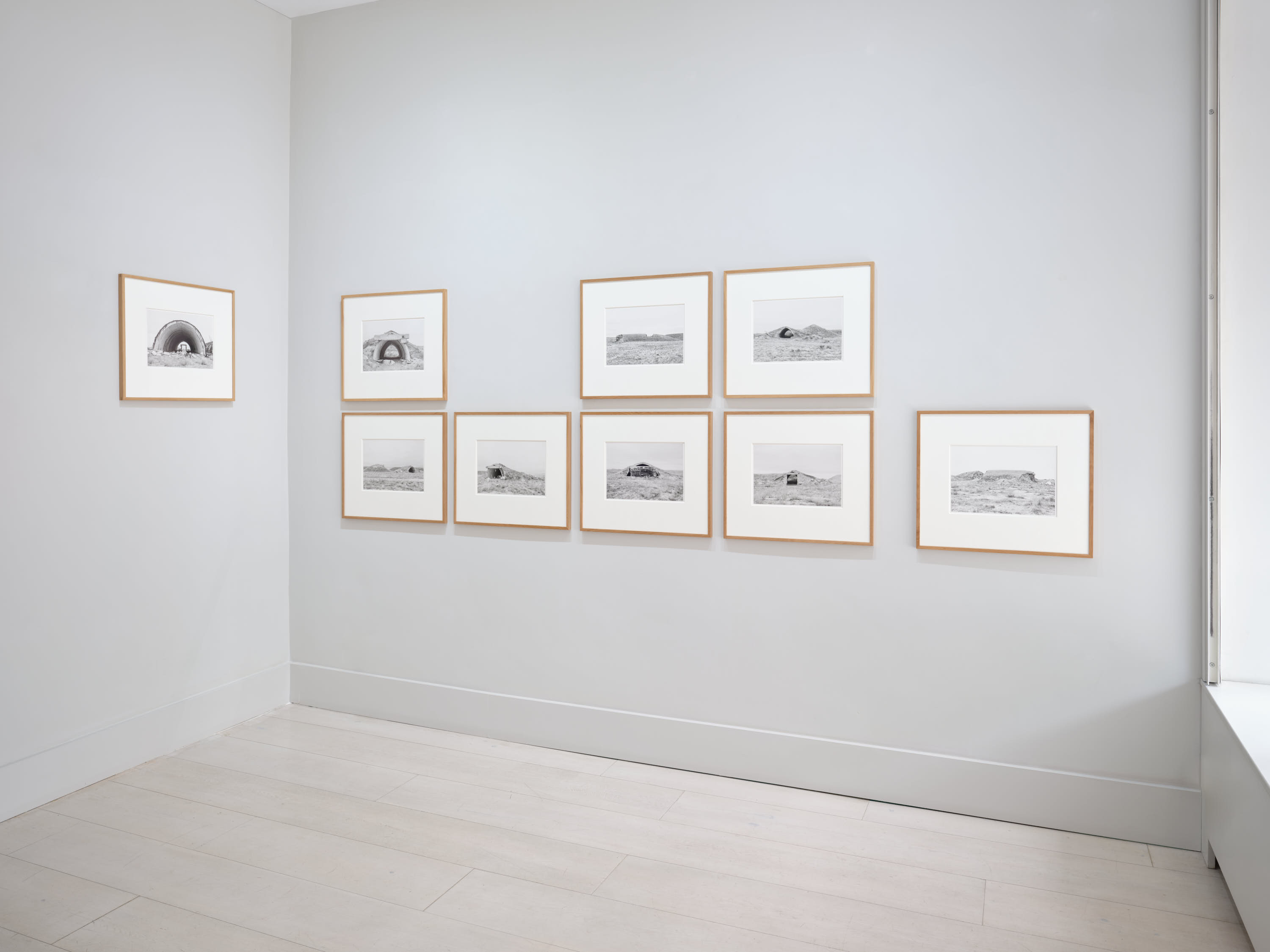
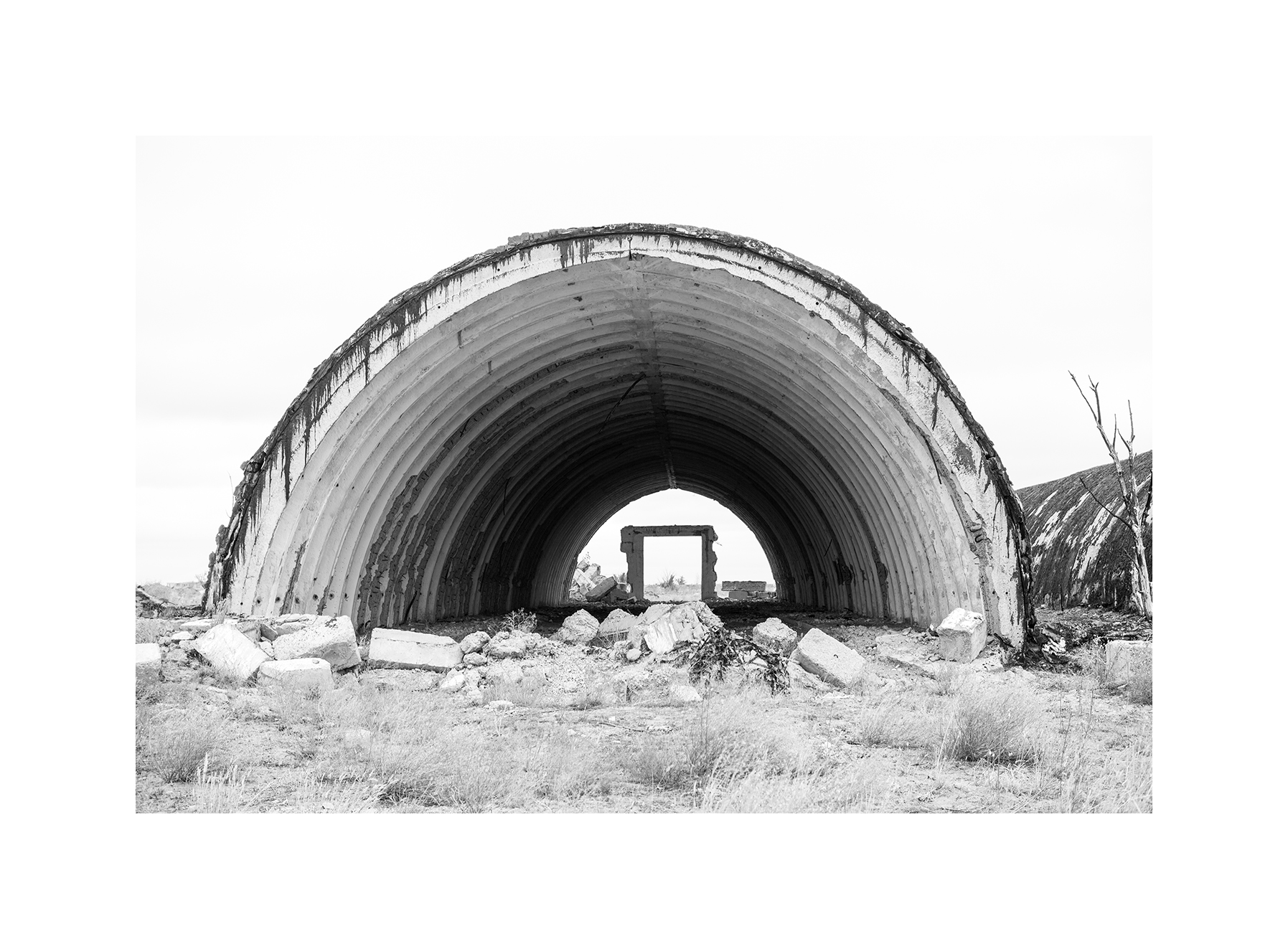
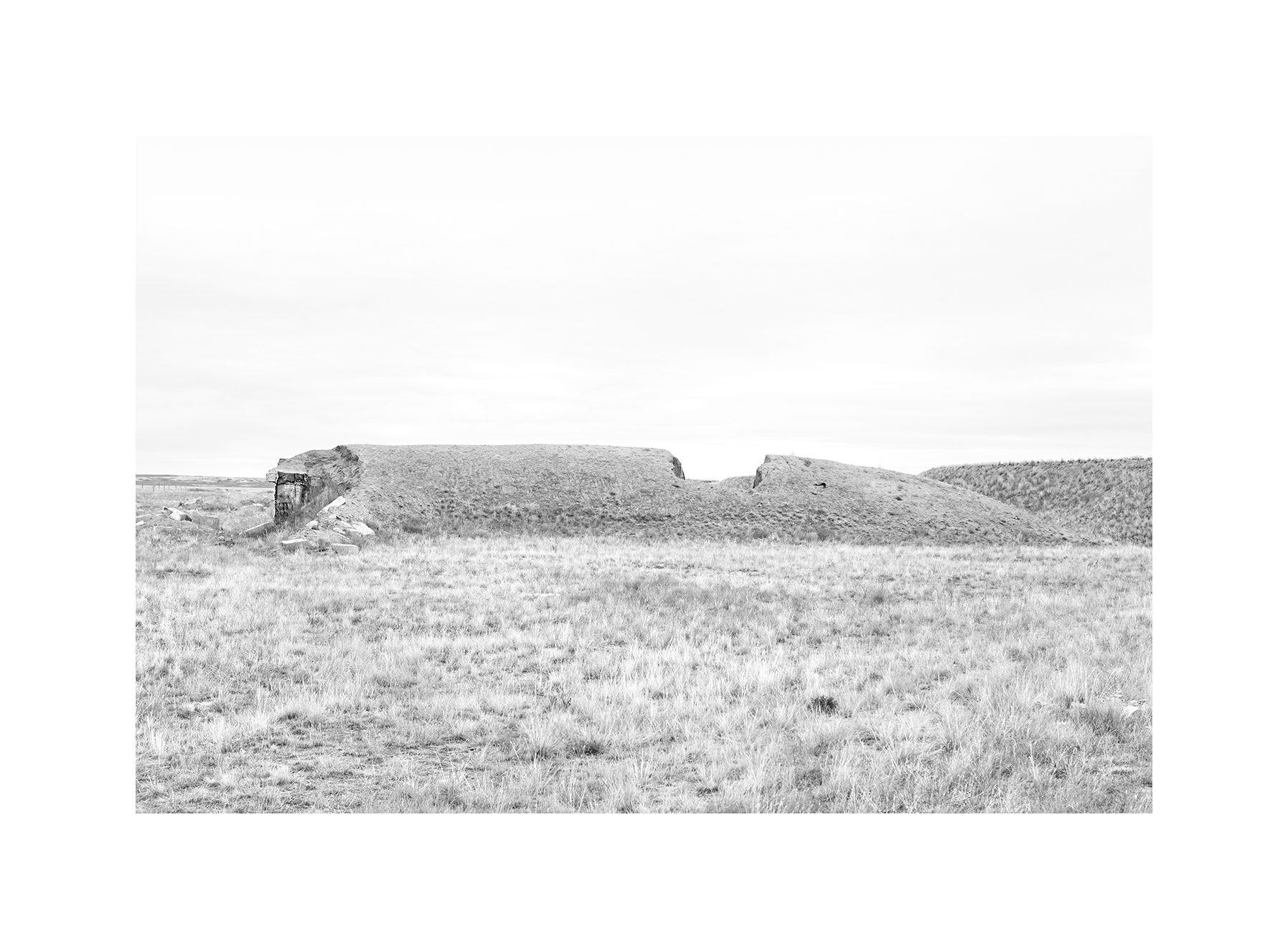
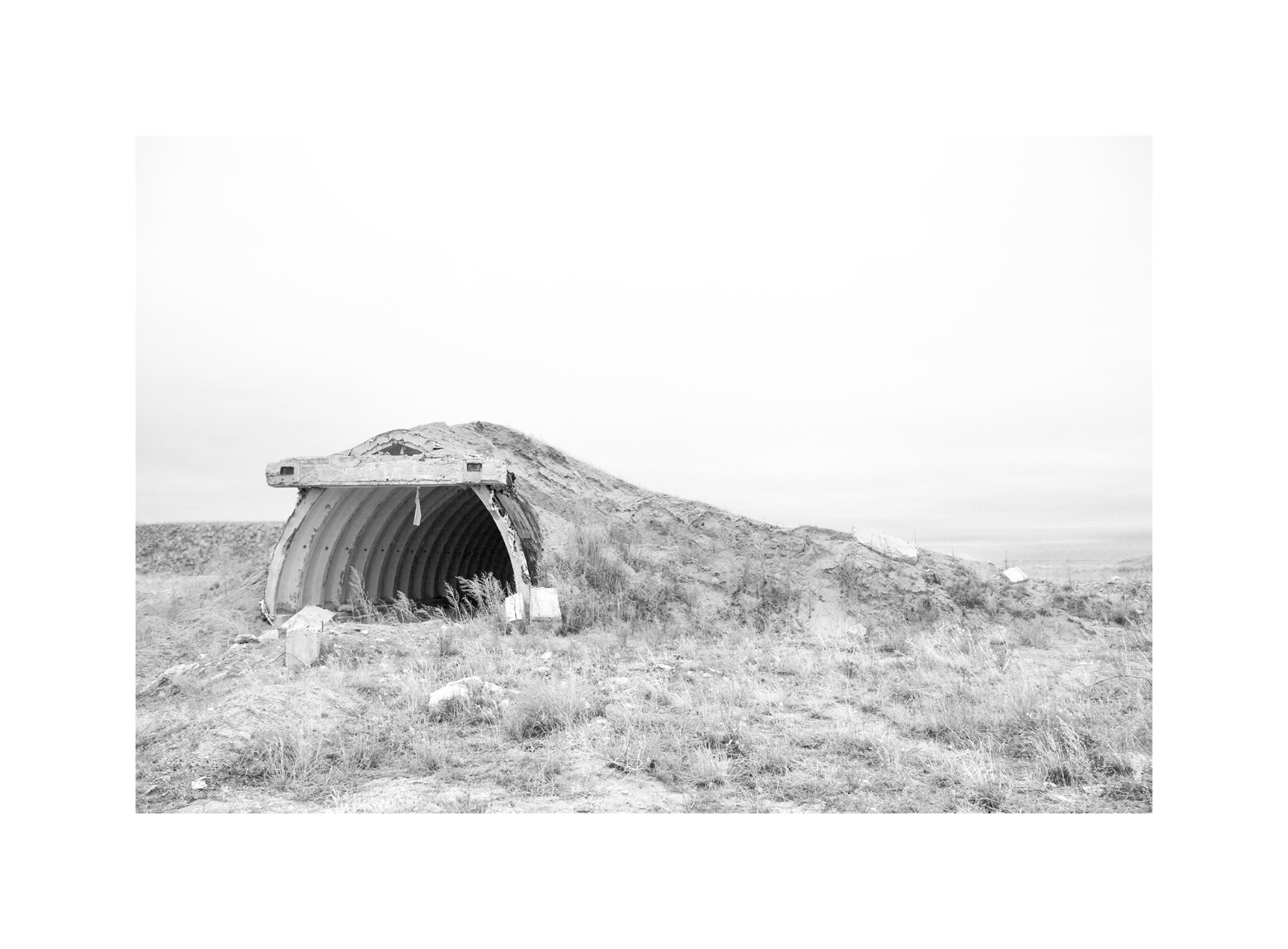

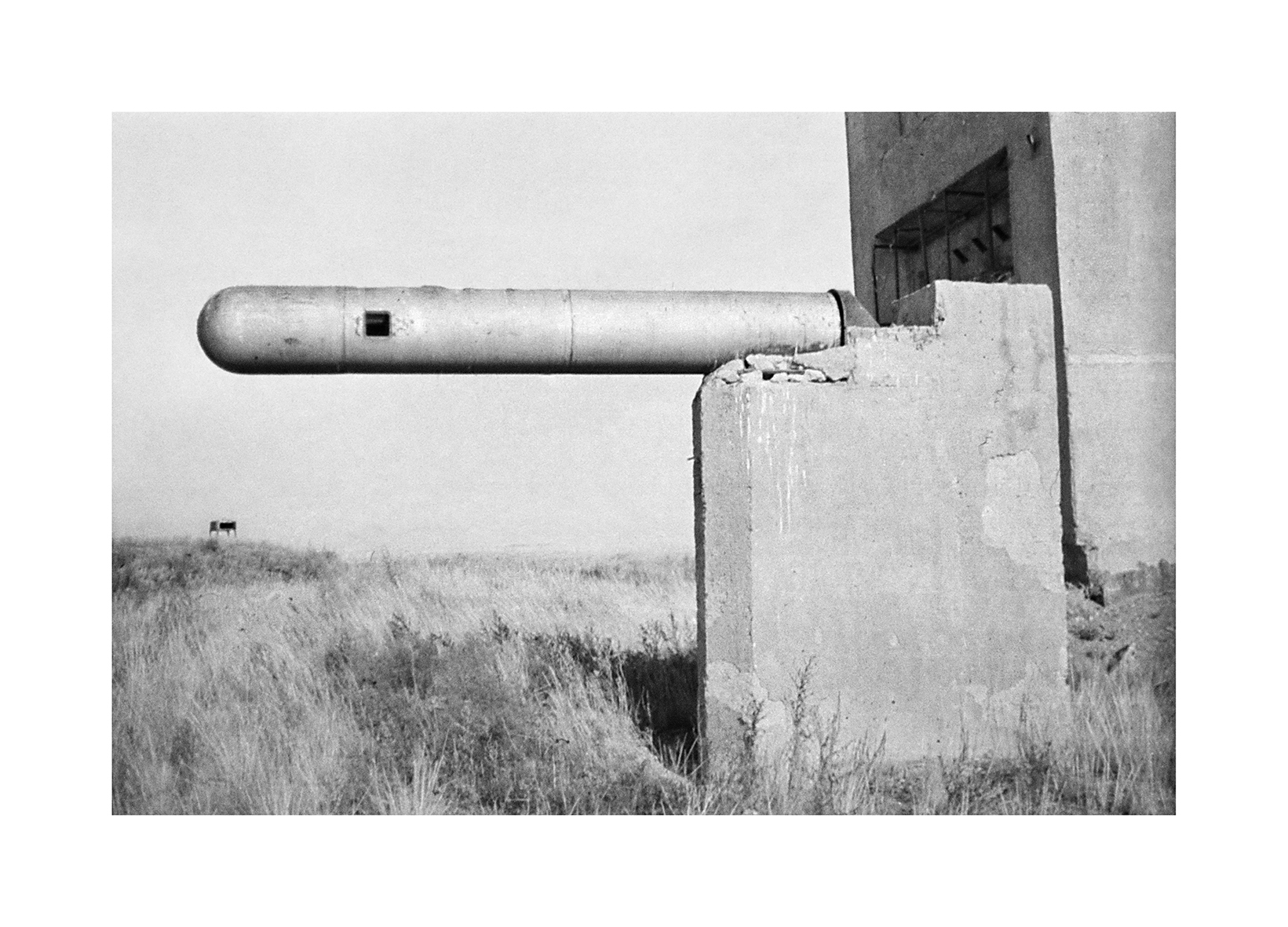
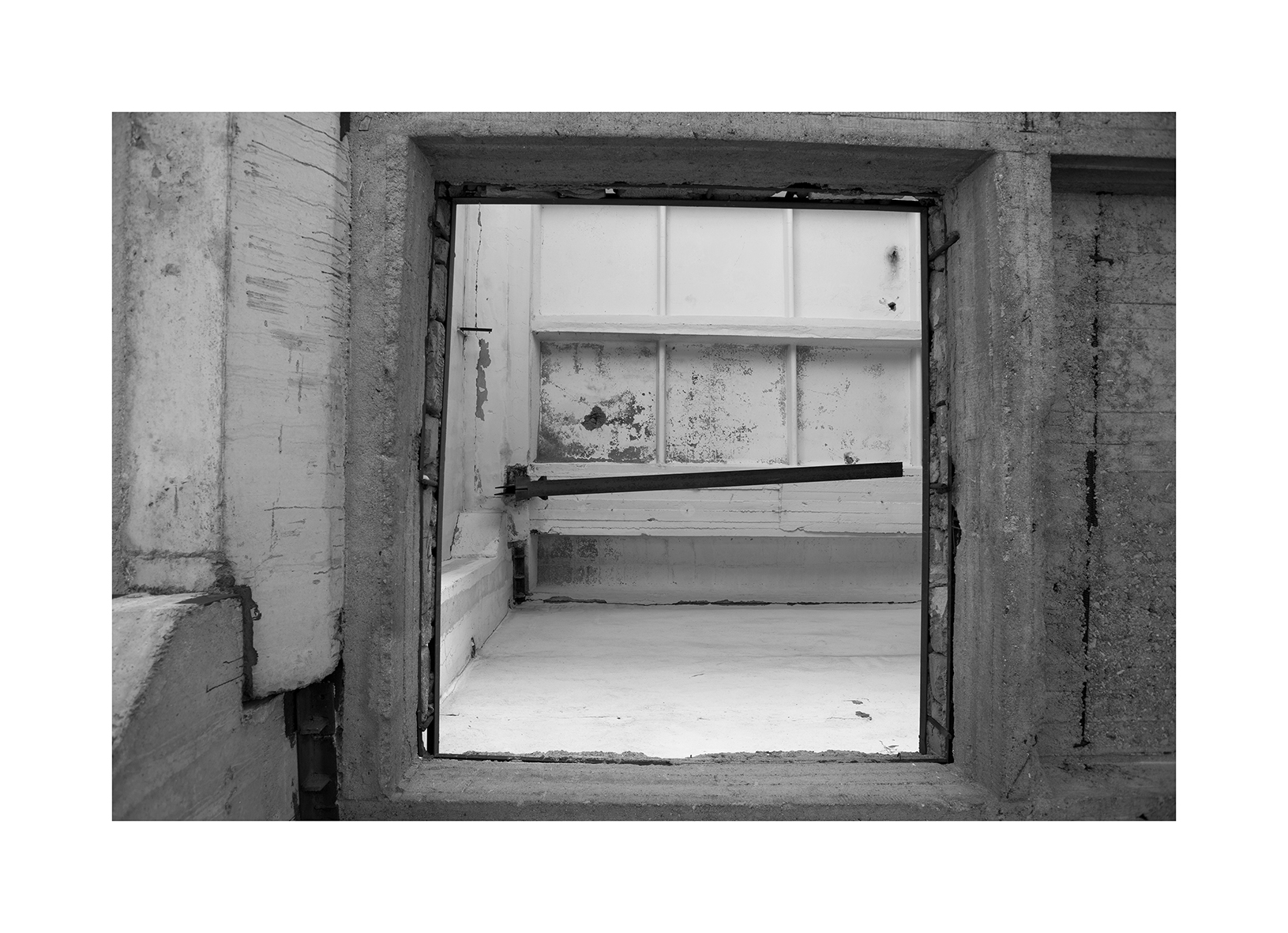



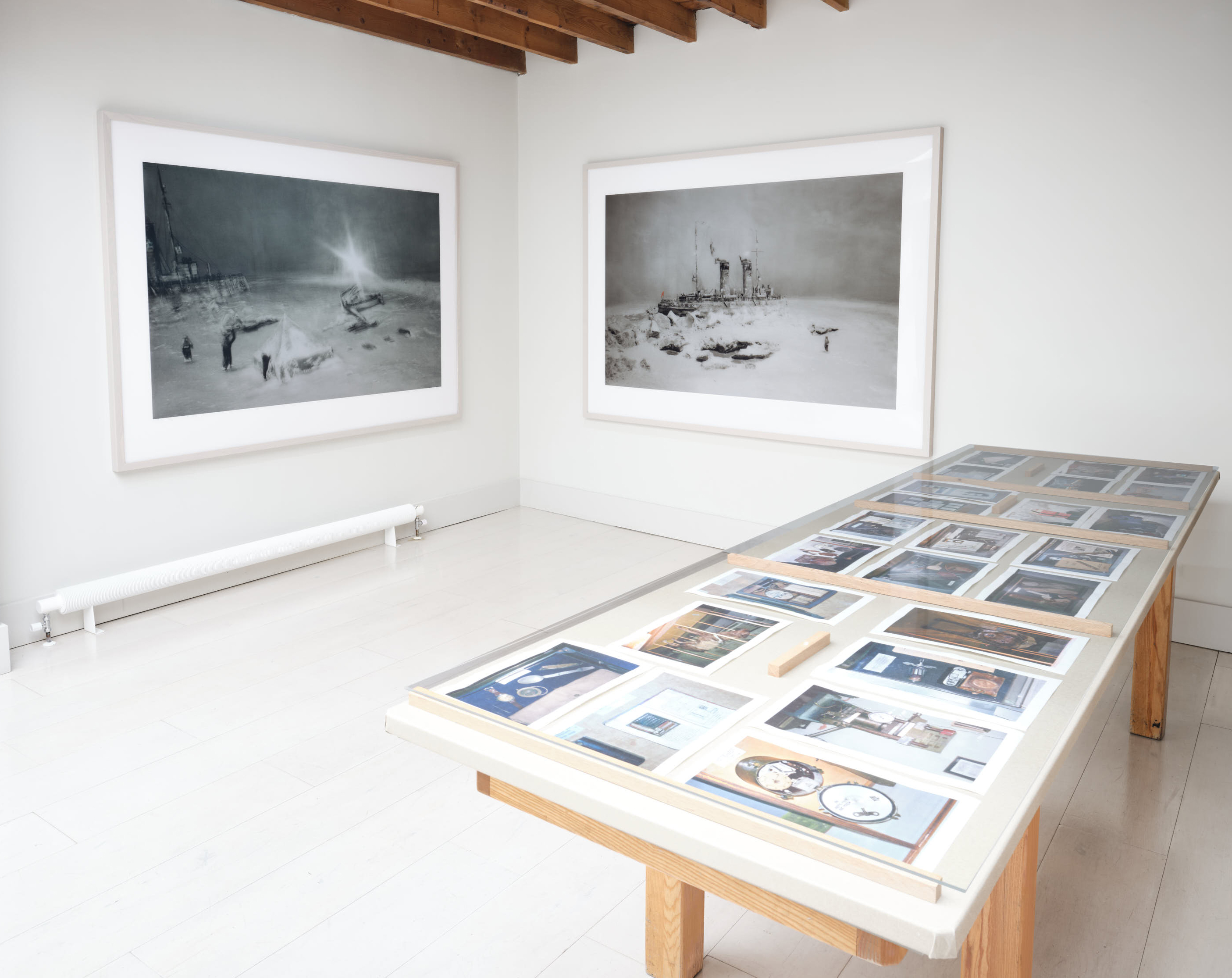




![Exterior View Memoryscapes (Opytnoe Pole [Dog] 2012) Photo: Stephen White and Co](https://freight.cargo.site/t/original/i/ce94b5874f609d8369d225224dc547be88fdf54b2cf26dd49438fdffe62cdf0e/USD-Memoryscapes-LG-8.jpg)
Ursula Schulz-Dornburg: Memoryscapes
13 May—1 Jul 2023Memoryscapes is a solo exhibition by the German artist Ursula Schulz-Dornburg, realised in collaboration with Lucy Rogers.
In 2012, Ursula Schulz-Dornburg travelled to north-eastern Kazakhstan to photograph the remains of the Soviet Union’s largest nuclear weapons programme. Located in a vast area south-west of the city of Kurchatov, Opytnoe Pole was once a top-secret open-air laboratory, used to measure and record the devastating effects of nuclear weapons. Taken almost twenty years after the closure of the facility, Schulz-Dornburg’s photographs portray a desolate landscape, devoid of life and still suffering the effects of radiation. The area was looted after its closure in 1991 – an act which inadvertently dispersed radioactive material across the continent – and later subject to an intensive clean-up operation by the Kazakh, Russian and US authorities. It is a landscape still laden with the artefacts of an architecture built to be destroyed.
Born in Berlin in 1938, Schulz-Dornburg grew up in the aftermath of the Second World War – in a divided Germany and an era defined by new borders in Europe and elsewhere. Since the 1970s, she has sought out places of transit and borderlands, locations geographically and politically caught up in a state of in-between, where multiple layers of history intersect, co-exist and collide. Reflecting the lands in which she has travelled, her archive reveals a constellation which extends beyond the scope of individual images – an entanglement of narratives which overlap in time and space. Exhibitions and publications become a method for thinking through the archive, bringing together new and familiar works into new combinations and sequences.
In 2000, Schulz-Dornburg visited the Russian State Museum of the Arctic and Antarctic, carrying with her a small ixus camera. Here she encountered elaborate dioramas, carefully constructed scenes taken from the history of polar exploration. The museum first opened during the boom in Soviet Arctic exploration in the 1930s. Like the space and arms race which followed, the polar regions were subject to fierce rivalry and competition in the rush to colonise and exploit their valuable natural resources. The scenes photographed by Schulz-Dornburg depict the USSR’s technological prowess through their involvement in ‘heroic’ rescue missions, feeding into a nationalistic narrative. Yet ships like the one seen in these photographs were used to transport prisoners, many of whom suffered or lost their lives in uninhabitable conditions.
In 2023, these works resonate with new meaning in the echoes and reverberations of the past as it appears in the present. Recent years have seen a return of the same hopes, ambitions and anxieties experienced in the 20th century, albeit in new forms and under new conditions. Reading Ursula Schulz-Dornburg’s work in the cold light of the present reveals not so much a prediction of the future but an anticipation, a speculation on factors which may (or may not) fleetingly coincide, and the need for resistance.
Lucy Rogers is currently writing her PhD on the archive of Ursula Schulz-Dornburg at University of Westminster.
In 2012, Ursula Schulz-Dornburg travelled to north-eastern Kazakhstan to photograph the remains of the Soviet Union’s largest nuclear weapons programme. Located in a vast area south-west of the city of Kurchatov, Opytnoe Pole was once a top-secret open-air laboratory, used to measure and record the devastating effects of nuclear weapons. Taken almost twenty years after the closure of the facility, Schulz-Dornburg’s photographs portray a desolate landscape, devoid of life and still suffering the effects of radiation. The area was looted after its closure in 1991 – an act which inadvertently dispersed radioactive material across the continent – and later subject to an intensive clean-up operation by the Kazakh, Russian and US authorities. It is a landscape still laden with the artefacts of an architecture built to be destroyed.
Born in Berlin in 1938, Schulz-Dornburg grew up in the aftermath of the Second World War – in a divided Germany and an era defined by new borders in Europe and elsewhere. Since the 1970s, she has sought out places of transit and borderlands, locations geographically and politically caught up in a state of in-between, where multiple layers of history intersect, co-exist and collide. Reflecting the lands in which she has travelled, her archive reveals a constellation which extends beyond the scope of individual images – an entanglement of narratives which overlap in time and space. Exhibitions and publications become a method for thinking through the archive, bringing together new and familiar works into new combinations and sequences.
In 2000, Schulz-Dornburg visited the Russian State Museum of the Arctic and Antarctic, carrying with her a small ixus camera. Here she encountered elaborate dioramas, carefully constructed scenes taken from the history of polar exploration. The museum first opened during the boom in Soviet Arctic exploration in the 1930s. Like the space and arms race which followed, the polar regions were subject to fierce rivalry and competition in the rush to colonise and exploit their valuable natural resources. The scenes photographed by Schulz-Dornburg depict the USSR’s technological prowess through their involvement in ‘heroic’ rescue missions, feeding into a nationalistic narrative. Yet ships like the one seen in these photographs were used to transport prisoners, many of whom suffered or lost their lives in uninhabitable conditions.
In 2023, these works resonate with new meaning in the echoes and reverberations of the past as it appears in the present. Recent years have seen a return of the same hopes, ambitions and anxieties experienced in the 20th century, albeit in new forms and under new conditions. Reading Ursula Schulz-Dornburg’s work in the cold light of the present reveals not so much a prediction of the future but an anticipation, a speculation on factors which may (or may not) fleetingly coincide, and the need for resistance.
Lucy Rogers is currently writing her PhD on the archive of Ursula Schulz-Dornburg at University of Westminster.
Ursula Schulz-Dornburg
Enquiries
press: Edward Ball
sales: Charlotte Schepke
other: Large Glass
Press
Financial Times Magazine: ‘Gallery, Photograph by Ursula Schulz-Dornburg’, Josh Lustig, 24/25 June 2023
Enquiries
press: Edward Ball
sales: Charlotte Schepke
other: Large Glass
Press
Financial Times Magazine: ‘Gallery, Photograph by Ursula Schulz-Dornburg’, Josh Lustig, 24/25 June 2023